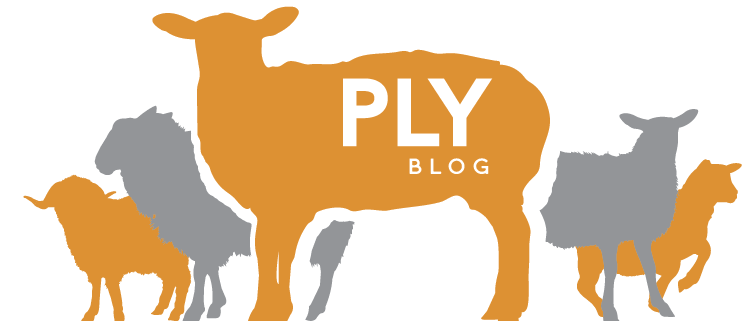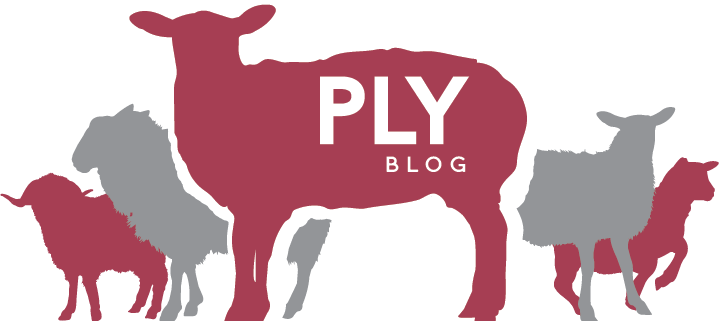Latest Blog Posts
Separating a Dual-Coated Fleece Using Only Your Hands
words by Jacqueline Harp and photos by Joseph Harp When a fiber artist chooses to separate and process a dual-coated fleece by hand, it is like unlocking two fleeces from one. A dual-coated fleece is an intertwined combination of a short-stapled, soft, downy undercoat and a protective, longer-stapled, coarser, hair-like outercoat. Once these integrated coats […]
References from Spring 2021 issue
Two of the articles in the Spring 2021 issue (Double-coated) contained a number of helpful references. References from “What Is Primitive? What Is Double-Coated?” by Deborah Robson Christiansen, Carol Anne. “Primitive Wool and Early Textile Production in Shetland,” diss., University of Manchester, 2003. Dýrmundsson, Ólafur R. “Four–Hornedness: A Rare Peculiarity Still Found in Icelandic Sheep.” […]
Book Review: Women’s Work by Elizabeth Wayland Barber
reviewed by Sukrita Mahon First published 27 years ago, Women’s Work: The First 20,000 Years: Women, Cloth and Society in Early Times by Elizabeth Wayland Barber is still considered essential reading for contemporary textile artists. Its importance cannot be understated, considering that thread- and cloth-making have been so vital to our civilisation from the very […]
The double-coated issue is coming!
Spring 2021 Sneak Peek The Double-coated issue is twice as full and gorgeous as whatever you’re reading now! In fact, it’s so full we had to add extra pages (it comes in at a whopping 136 pages). From the softest sheep to “carpet sheep,” from Norway to Arabia, from woolen to worsted, from North Ronaldsay […]
February’s Ask Jacey
This month’s Ask Jacey question comes from Elaine, who asks, “It seems like it’s easy for spinners to spin fine but harder to spin more bulky…any secrets?” Hi there Elaine, Thanks for asking a question I think half the spinners out there are also asking (because the other half are asking for secrets to spinning […]


